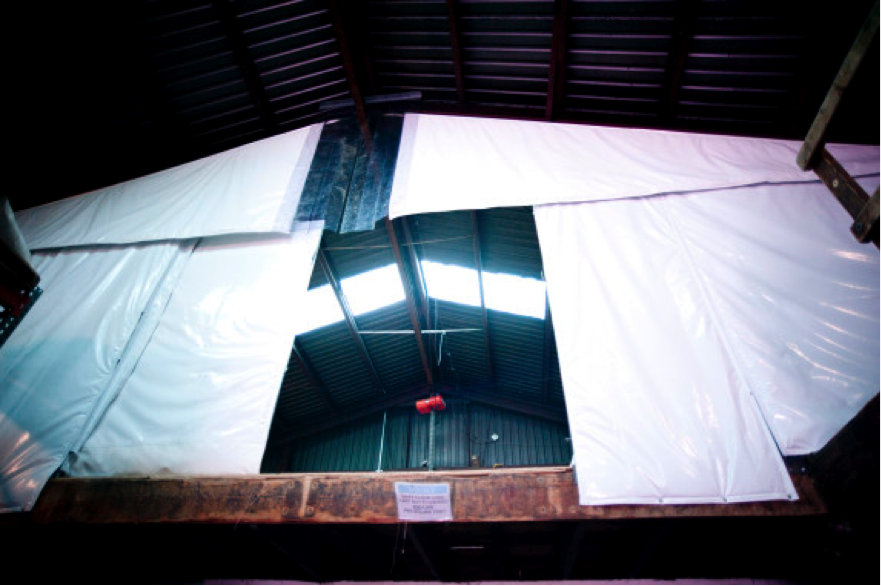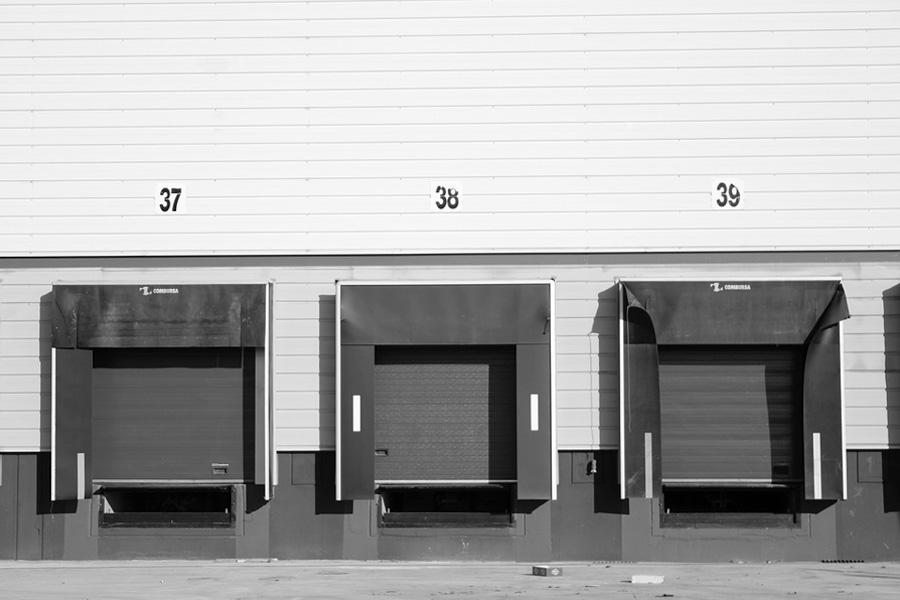American Made, Iron Clad Protected - Discover the Industries Best Warranty.

Blog
Where Can You Use Insulated Curtain Walls?

Many building owners incorporate industrial curtain walls to divide rooms, protect against debris, reduce noise levels and enhance productivity for employees.
Insulated curtain walls, however, provide additional benefits people need for keeping temperatures consistent—and ultimately reduce their energy cost. Insulated curtains can be utilized for a variety of spaces, including cooling areas, warehouses and loading docks.
Have these areas in your own facility? Learn about how adding in insulated curtains can be advantageous for you.
Cooling Areas
Cooling areas, such as freezer rooms, need to remain at a constant temperature. If they experience a great fluctuation in heat or cooling, products can ultimately be damaged and, in the case of food items, could become unsafe for consumption.
Freezer rooms also require significant amount of cooling, which, in turn, leads to hefty energy bills. If people continuously open and close the doors to cooling areas, chilled air will inevitably leak out and cause these costs to increase that much more.
To maintain the temperature of the cooling area, building owners can install insulated curtains. The curtains will contain the temperature needed in cooling areas to keep temperature levels constant and reduce the energy output of equipment used to cool the facility.
Curtains with heavy insulation will work best in cooling areas, as this style works best for keeping cool air in.
Warehouses
Warehouses also face similar challenges for heating and cooling. A specific area may require additional heat or air conditioning, while others may not need a particular temperature. Facility owners can designate sections, like office spaces or food production lines that need constant temperatures with insulated curtains.
Over time, though, your needs in the warehouse may change—and you will want to adjust your walls as well. This means you’ll need a wall type that allows exceptional flexibility.
With insulated curtain walls, you will have no problem changing up the layout of your space. These walls can be arranged and rearranged as many times as you need. You can even remove the insulated curtain walls entirely if needed. For a more permanent option, you can also choose stationary insulated curtains.
Loading Docks

Loading docks are often connected directly to the main building. As shipments arrive, workers must go in and out through the loading dock and into the facility—which can cause the heated or cooled air inside the building to leak out.
As the regulated air leaks out, air conditioners or heaters must work harder, causing higher energy bills. Insulated curtain walls are the perfect solution for this problem. These curtain walls are lined with 3M Thinsulate to ensure temperatures are maintained for a specific area, even as people enter and exit the building.
Loading docks are also busy areas that are notoriously noisy. In addition to maintaining the temperatures within the building, insulated curtain walls are ideal for sound reduction purposes, reducing the outside noise that could be distracting to workers.
Want to learn more about what areas are suitable for insulated curtain wall installation? Ask the Steel Guard experts.

Recent Posts
- 7 Common Mistakes to Avoid When Setting Up Machine Guarding Fences
- Industrial Curtain Walls: 6 Reasons Why Manufacturing Facilities Must Have Them
- Industrial Soundproof Curtains: How to Decide Between Floor-Mounted and Ceiling-Mounted Curtains
- How to Transform a Noisy Open-Plan Office with Acoustic Baffles
- A Guide to Choosing the Best Concrete Blanket for Construction Projects
- Porch Curtains: 8 Amazing Reasons to Install These Curtains in Your Home
- Chemical Splash Curtains and Their Applications in Different Industries
- Outdoor Sound Curtains for Farms and Animals
- Construction Sound Barriers: Why Every Construction Site Should Have These?
- Industrial Blackout Curtains and Their Applications in Different Settings
Categories
- Accordion Fold Curtains
- Acoustic Baffles
- Agri-Shield Curtains
- Auto Body Shop Curtains
- Bio Plastics
- Industrial Divider Curtains
- Industrial Safety Products
- Insulated Curtain Walls
- Machine Guard Safety Fencing
- Mesh Curtain Screens
- Outdoor Curtains
- PVC Strip Curtains
- Soundproof Noise Blocking Curtains
- Spray Paint Booth Curtains
- Tarps
- Thermal Curtains & Covers
- Uncategorized
- Warehouse Dividers
- Welding Blankets
- Welding Curtains
- Welding Screens


